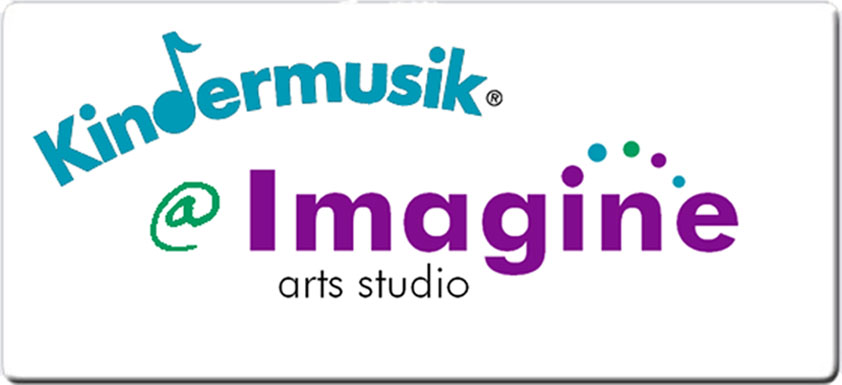Phonological Awareness, What is it?
Long before your child can tell you that the magnetic letter “m” on your refrigerator stands for the /m/ sound, he or she is building sensitivity to the sounds of spoken language. Researchers call this phonological
awareness, or “a general appreciation of the sounds of speech, as distinct from their meaning.” Phonological awareness is a very important step in the journey to learning to read. In fact, a child’s level of sound awareness upon entering school “may be the single most powerful determinant of the success he or she will experience in learning to read.” Academic research has proven that the playful experiences a parent has with a young toddler significantly impacts that child’s level of phonological awareness.
From the perspective of a parent, however, phonological awareness crops up most prominently in a few ways. It begins with an awareness of the spoken contours of speech (for example, using rising pitch to signal a question). It continues as children begin to notice syllables and sounds within words (for example, “number” can be divided into two chunks: num- and -ber). The next step is rhyming. Early experiences recognizing, repeating, and predicting rhymes are a perfect and age-appropriate way to build phonological sensitivity.
Developmental Milestones: Phonological Awareness
By the age of three, your child will most likely be able to: Repeat e-i-e-i-o or other favorite song lyrics.
Notice repeating sounds, such as buh in bumble bee.
Fill in rhyming words in a predictable song.
Repeat words with certain sounds, i.e, hop, hop, hop!
Music is a great way to stimulate awareness of syllables, rhyming, and changes in intonation. In fact, brain studies of eight-year-old children, amazingly, show that children who started musical training at the age of four or five are better at processing the pitch changes within spoken language than similar children without musical training.
How It Works in a Kindermusik Class
Word Play: The often silly, often rhyming, and always
engaging rhymes, poems, and song lyrics featured in
Kindermusik classes give your child a chance to speak and
sing, practicing rhyming, word play, and predicting skills.
Sound Play: They don’t just learn from words! Sounds and
syllables, even nonsense ones, are enough to get your child’s
language brain cells “buzzzzing”.
Vocal Play: You and your child get to really see what your
voices can do. Using voices to make high and low sounds,
“smooth” and “bumpy” sounds, the sounds of animals, water
running, popcorn popping, you name it—it all adds up to
more awareness of sounds, how to make them, and how they
can come together to build words.
What You Can Do at Home
Clap and pat to the beat. Help your child tune in to the rhythms of
spoken words by clapping or patting their legs to favorite nursery rhymes.
Word play, stringing together words that begin with the
same sound like Big Bad Bug or Yellow Ukulele Yahoo. You can also use words that end with the same sound.
(Source: On the Path to Reading, by Suzanne I. Barchers, Ed.D., Heidi Gilman Bennett.)
Remember it's never too late to register for a class at Imagine Arts Studio! We prorate tuition for those joining classes after they've begun. You can see the class schedule on our website:
ImagineArtsStudio.com!
 What’s this instrument called? What does it sound like? These are the questions a budding musician asks. This website lets your child see and hear instruments from the woodwinds, brass, strings, and percussion families. You can click on the green arrow above the instrument to hear the sound the instrument makes. This website can be used to play a musical “Guess Who” game. Have your child stand away from the computer and then select an instrument sound. Have your child then come to the computer and guess which instrument you selected. Once he’s succeeded in finding the correct instrument let him select the next instrument and you guess. This game not only builds musical sensitivity but helps fine tune listening skills. Listening and hearing are different things; good listening skills are a real asset to learning.
What’s this instrument called? What does it sound like? These are the questions a budding musician asks. This website lets your child see and hear instruments from the woodwinds, brass, strings, and percussion families. You can click on the green arrow above the instrument to hear the sound the instrument makes. This website can be used to play a musical “Guess Who” game. Have your child stand away from the computer and then select an instrument sound. Have your child then come to the computer and guess which instrument you selected. Once he’s succeeded in finding the correct instrument let him select the next instrument and you guess. This game not only builds musical sensitivity but helps fine tune listening skills. Listening and hearing are different things; good listening skills are a real asset to learning. 